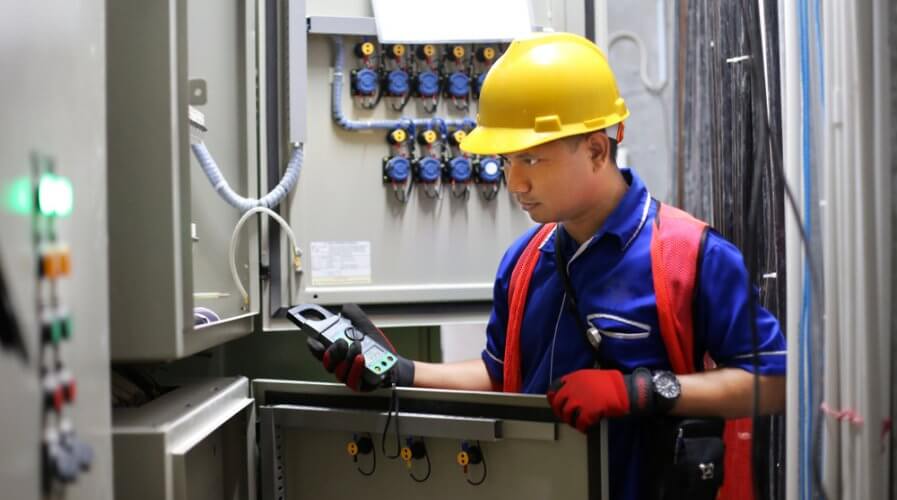
Utility sectors technicians can revamp the nature of their work processes with AR and VR. Source: Shutterstock
Can the utility sector leverage AR and VR technology?
OPERATION managers are always looking for ways to boost efficiency and upskill employees.
Augmented reality (AR) and virtual reality (VR) solutions have been employed in many operations to improve workflows by creating an effective working environment. In the energy and utility sectors, they can be particularly impactful.
Surprisingly, the energy and utility sectors are not the fastest technology adopters as the nature of their operations requires physical or hands-on labor. Also, as providers of basic amenities like water, electricity, fuels, renewable energy, and sewage services, they aim to serve at an economical rate.
As a result, technology adoption can be very costly in addition to the tenacious maintenance work. However, the multifunctional nature of AR and VR makes them worthwhile investments as they enhance, simplify and reform work processes.
By employing AR and VR, data can be streamlined, training becomes more impactful, and assets are better managed. An important point of view to consider here is the fact that AR and VR are both programmable, customizable, and adaptable solutions that promise higher returns in the long run.
Firstly, both technologies are best leveraged by companies that need to constantly collect, understand, and analyze any relevant information. Then, they help carry out maintenance and repairs.
Images and videos in AR can assess by superimposing them in a real-world setting. It will also provide an overlay of information to help with a better assessment of data.
Not only that, images and videos are way more helpful in relaying damage reports instead of lengthy, unsimulated phone calls between users and service providers. Miscommunication and misinformation can cause time, revenue, and energy losses.
Aside from promoting effective communication, service providers can identify the right tools needed and draft out reasonable solutions which then, can be conveyed to technicians. Utility sectors benefit from this because a lot of time can be saved and technicians’ safety is guaranteed.
On the other hand, optimizing VR’s core function of simulating an environment by digitally creating an alternate world can help better train employees. From technical skills training to health and safety training, VR conjures an immersive and engaging training experience for employees.
This is particularly rewarding for utility sectors because the industry lacks skilled technicians that can effectively navigate themselves on-site. Sometimes, hands-on or on-the-job training is practiced instead, which is dangerous and accident-inclined.
VR and even AR allow employees to digitally interact with subjects in digitally-generated situations and scenes. Employees are able to have higher retention of training, develop technical skills and enhance critical thinking skills.
Lastly, asset management is an important aspect of any operation but for utility sectors that prioritize immediate actions on damaged inventory, AR definitely comes in handy. Capturing the image of the defective device – using AR technology – will allow quick assessment of the location and size of the damage.
This not only revamps work and procedural practices to be more efficient, but also adds value by limiting errors and increasing accuracy. Further, when there is a situation that requires expert knowledge, AR can be utilized to access skilled talent’s insights regardless of their location.
Data can be sent to them and they are able to assess the situation and provide relevant support or instructions. This encourages the retention of institutional knowledge despite the physical absence of the expert.
Over time, AR and VR employment in the utility sector will become increasingly necessary because of its evident benefits. Companies and government bodies must look into adopting these solutions to ease on-site technicians’ tasks and ultimately, securing their safety.
READ MORE
- Ethical AI: The renewed importance of safeguarding data and customer privacy in Generative AI applications
- How Japan balances AI-driven opportunities with cybersecurity needs
- Deploying SASE: Benchmarking your approach
- Insurance everywhere all at once: the digital transformation of the APAC insurance industry
- Google parent Alphabet eyes HubSpot: A potential acquisition shaping the future of CRM


